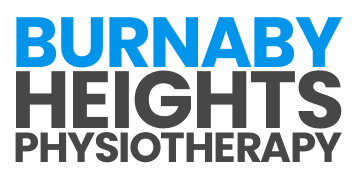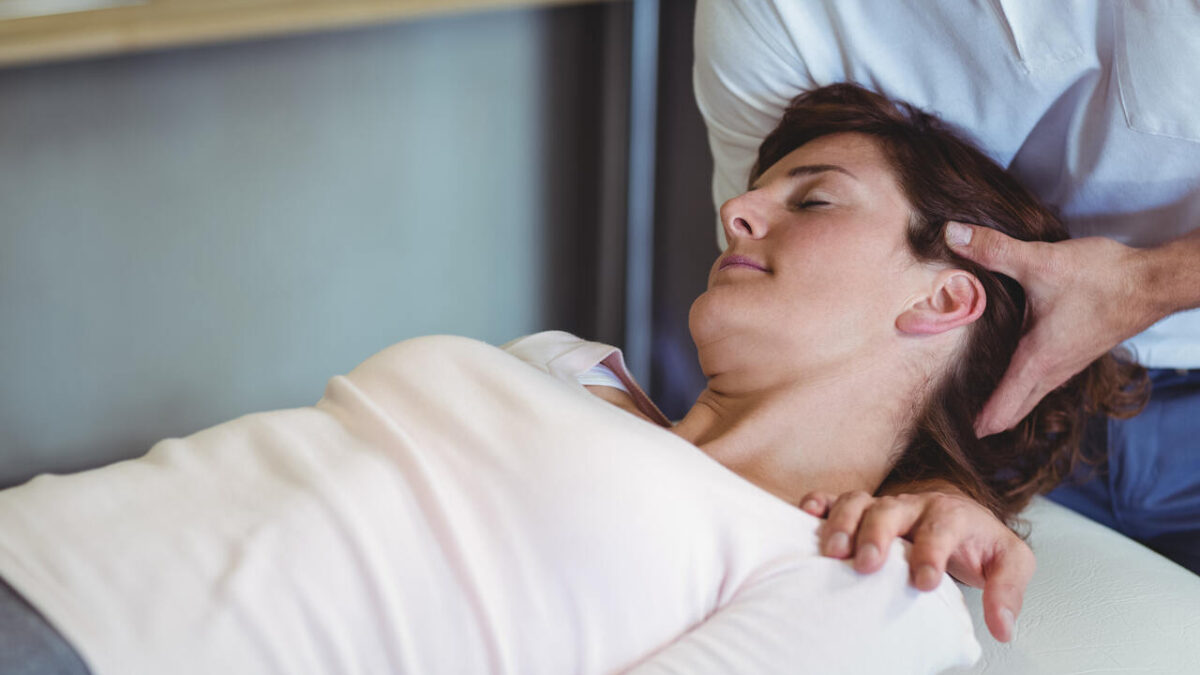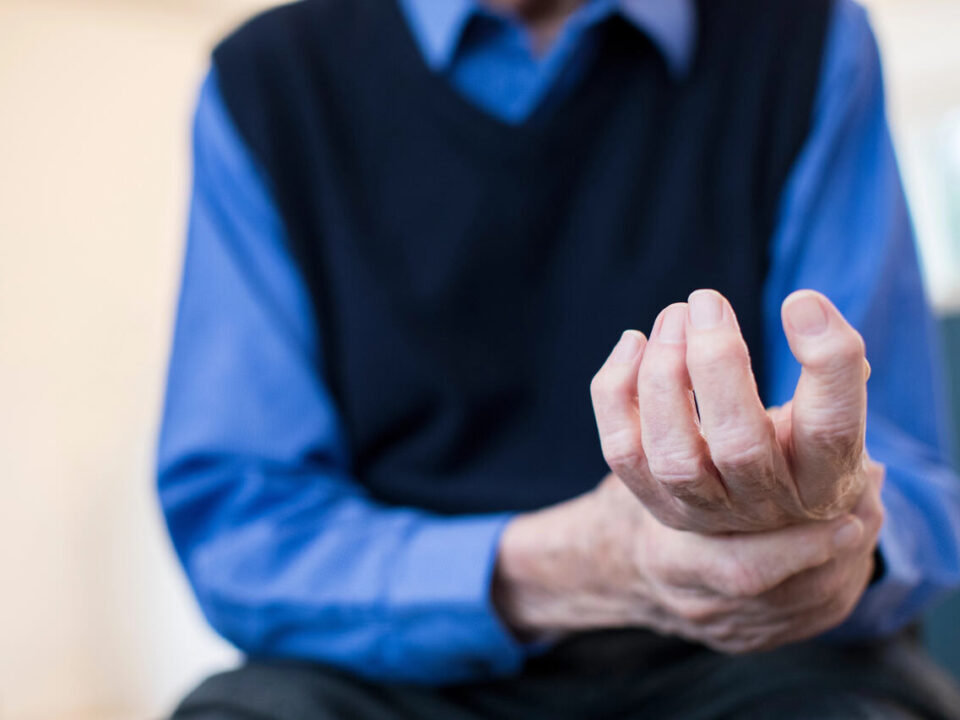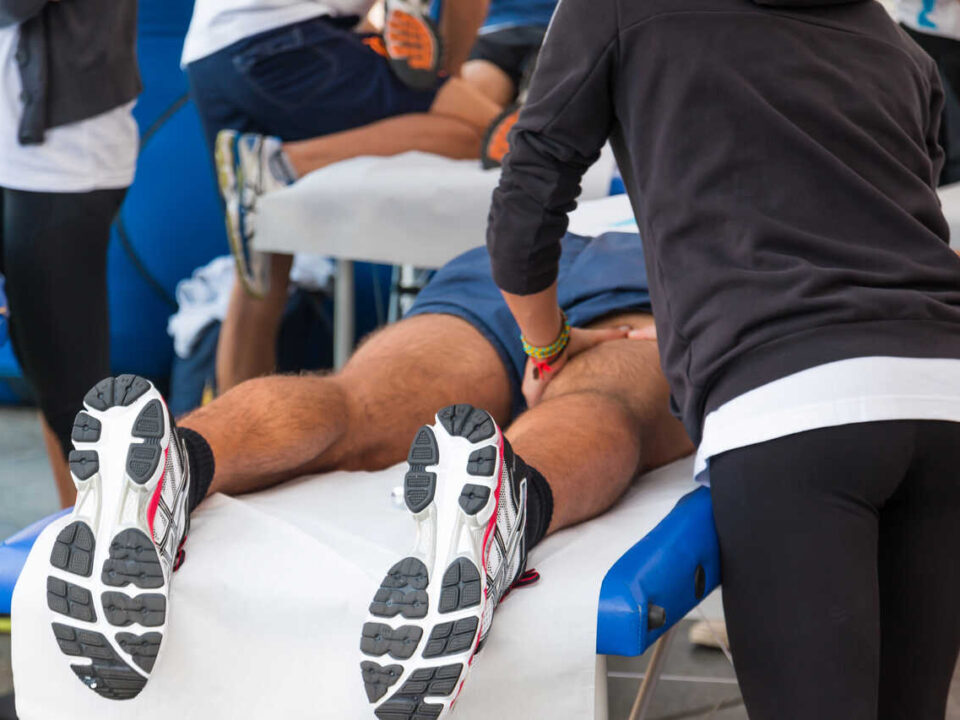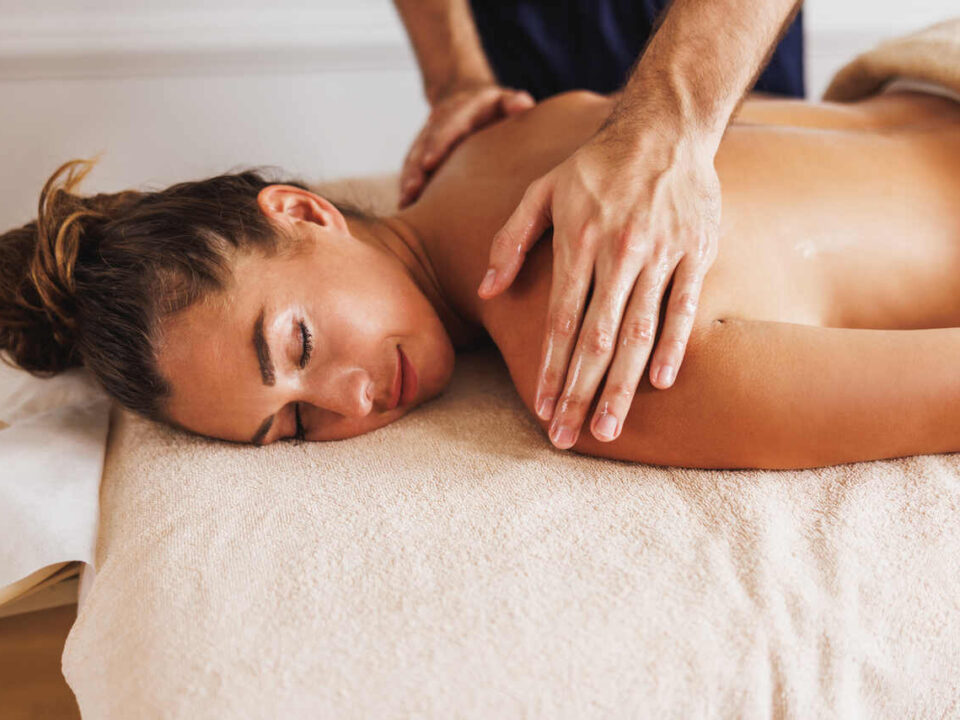
From Discomfort to Relief: How Acupuncture Treats Neck Pain
June 17, 2024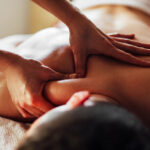
Relieve, Restore, Rejuvenate: Exploring Therapeutic Massage Therapy
July 18, 2024Discovering Massage Therapy
Massage therapy involves various techniques aimed at promoting relaxation, reducing tension, and enhancing overall well-being. Understanding its benefits and the importance of choosing the right type can help you make an informed decision.
Benefits of Massage Therapy
Massage therapy offers a myriad of advantages that contribute to both physical and mental health. Here are some of the key benefits:
- Stress Reduction: Regular massage sessions can significantly lower stress levels, promoting relaxation and mental clarity.
- Pain Relief: Massage therapy is effective in alleviating pain, particularly for conditions like back pain and carpal tunnel syndrome.
- Improved Circulation: Techniques like lymphatic drainage massage therapy enhance blood flow, aiding in the delivery of oxygen and nutrients to tissues.
- Enhanced Flexibility: Regular massages can improve muscle flexibility and joint mobility.
- Mental Health Benefits: Massage therapy can help manage symptoms of anxiety and depression, contributing to overall mental well-being.
For a detailed look at all the advantages, check out our article on massage therapy benefits.
Importance of Choosing the Right Type
Selecting the appropriate type of massage therapy is crucial for maximizing its benefits. Different massages are tailored to address specific needs and conditions. Here’s why choosing the right type matters:
- Specific Health Conditions: Certain massages, like deep tissue massage therapy, are more suited for chronic pain and muscle tension, while others, like swedish massage therapy, are better for relaxation and stress relief.
- Personal Preferences: Your comfort and preferences play a significant role. Some may prefer the firm pressure of a deep tissue massage, while others might opt for the gentle touch of aromatherapy.
- Therapeutic Goals: Your specific goals, whether it’s pain management, stress reduction, or improved flexibility, will guide the choice of massage. For instance, athletes might benefit more from sports massage therapy.
- Contraindications: Certain types of massage may not be suitable for individuals with specific health conditions. Always consult with a healthcare provider to ensure the chosen massage type is safe for you.
Understanding the importance of selecting the right massage can lead you to a more effective and enjoyable experience. Explore our guides on various types of massage therapy, including trigger point therapy massage and rehabilitative massage therapy, to find the best option for your needs.
Swedish Massage
Overview of Swedish Massage
Swedish massage is one of the most popular and well-known types of massage therapy. It is designed to relax the entire body by using long, gliding strokes in the direction of blood returning to the heart. This type of massage is particularly beneficial for increasing the level of oxygen in the blood, improving circulation and flexibility, and easing muscle tension. Whether you are new to massage therapy or a seasoned enthusiast, Swedish massage offers a versatile option tailored to meet your needs.
Swedish massage is suitable for individuals seeking relaxation, stress relief, and overall wellness. It is often recommended for people experiencing muscle tension, poor circulation, or simply looking to unwind. For more information on the advantages of different massage therapies, visit our article on massage therapy benefits.
Techniques Used in Swedish Massage
Swedish massage employs a variety of techniques to achieve its soothing effects. These techniques are designed to enhance circulation, reduce muscle tension, and promote relaxation. Below are the primary techniques used in Swedish massage:
- Effleurage: This technique involves long, sweeping strokes that glide over the skin. Effleurage is often used at the beginning and end of a massage session to warm up the muscles and relax the body.
- Petrissage: Petrissage consists of kneading, rolling, and lifting the muscles. This technique helps to release knots and tension while improving blood flow to the tissues.
- Friction: Friction involves deep, circular movements that create heat in the muscles. This technique is effective for breaking down adhesions and improving the flexibility of muscle fibers.
- Tapotement: Tapotement is a rhythmic tapping or percussion motion performed with the edge of the hand, cupped hands, or fingertips. It stimulates the nerves and muscles, enhancing circulation and muscle tone.
- Vibration: Vibration uses rapid shaking movements to relax muscles and stimulate nerves. This technique is applied with a gentle touch to specific areas of the body.
| Technique | Description |
|---|---|
| Effleurage | Long, sweeping strokes to warm up muscles |
| Petrissage | Kneading, rolling, and lifting muscles |
| Friction | Deep, circular movements to break down adhesions |
| Tapotement | Rhythmic tapping or percussion motion |
| Vibration | Rapid shaking movements to stimulate nerves |
For a comprehensive understanding of other massage techniques and their benefits, explore our article on massage therapy techniques. Whether you are considering Swedish massage or another form of therapeutic touch, understanding these techniques can help you make an informed decision for your wellness journey.
Deep Tissue Massage
Overview of Deep Tissue Massage
Deep tissue massage is a type of massage therapy that focuses on realigning deeper layers of muscles and connective tissue. It’s particularly beneficial for chronic aches and pains, as well as contracted areas such as a stiff neck, upper back, lower back pain, leg muscle tightness, and sore shoulders. Unlike other types of massage therapy, deep tissue massage involves the use of slower strokes and more intense pressure, aiming to reach the sub-layer of muscles and the fascia (the connective tissue surrounding muscles).
| Benefits of Deep Tissue Massage | Description |
|---|---|
| Pain Relief | Reduces chronic pain and tension. |
| Improved Mobility | Increases range of motion in muscles and joints. |
| Stress Reduction | Lowers stress and anxiety levels. |
| Breaks Down Scar Tissue | Enhances healing by breaking down scar tissue. |
Techniques Used in Deep Tissue Massage
Deep tissue massage employs a variety of techniques aimed at reaching deeper muscles. These techniques are designed to alleviate tension, improve blood flow, and promote overall muscle health. Here are some of the primary methods used:
- Stripping: This involves deep, gliding pressure along the length of the muscle fibers, often using the thumbs, knuckles, or elbows. It’s effective for breaking down adhesions and increasing blood flow.
- Friction: This technique applies pressure across the grain of the muscle fibers. It helps in releasing muscle knots and breaking down scar tissue. Friction is typically focused on specific areas of tension.
- Myofascial Release: This involves applying sustained pressure into the myofascial connective tissue to eliminate pain and restore motion. It targets the fascia and works to release restrictions.
- Trigger Point Therapy: This technique involves applying pressure to specific points in the muscle that are hyper-irritable. It helps to relieve pain and improve muscle function. For more details, you can visit our article on trigger point therapy massage.
- Cross-Fiber Technique: This method involves moving the fingers across the muscle fibers rather than lengthwise. It helps in breaking down adhesions and improving muscle elasticity.
Deep tissue massage is highly effective for individuals experiencing chronic muscle tension and pain. However, it’s important to communicate with your therapist about your comfort level and any areas of concern to ensure a beneficial and safe experience. For additional information on the benefits and techniques of deep tissue massage, check out our article on deep tissue massage therapy.
By understanding the various techniques used in deep tissue massage, you can make informed decisions about your massage therapy needs and preferences. Whether you’re dealing with chronic pain or looking to improve your overall muscle health, deep tissue massage offers a therapeutic solution tailored to your needs.
Hot Stone Massage
Overview of Hot Stone Massage
Hot Stone Massage is a distinctive type of massage therapy that utilizes smooth, heated stones to enhance the therapeutic benefits of a traditional massage. The heat from the stones penetrates deep into your muscles, promoting relaxation, improving circulation, and easing muscle tension. This type of massage is particularly effective for those seeking a deeply relaxing experience.
The stones used in Hot Stone Massage are typically basalt, a type of volcanic rock that retains heat well. They are heated in water to a precise temperature before being applied to your body. The warmth of the stones helps to loosen tight muscles and balance energy centers within your body.
Techniques Used in Hot Stone Massage
In Hot Stone Massage, various techniques are employed to maximize the therapeutic effects. The massage therapist begins by placing the heated stones on specific points of your body, such as along your spine, in the palms of your hands, and between your toes. These points are chosen based on their ability to release tension and enhance energy flow.
The massage therapist may also use the stones as extensions of their hands, incorporating them into traditional massage techniques. This includes:
- Effleurage: Long, gliding strokes using the stones to warm up your muscles.
- Petrissage: Kneading the muscles with the stones to release deep-seated tension.
- Friction: Circular movements to stimulate circulation and break down adhesions in muscle tissue.
- Vibration: Gentle shaking or rocking motions to further relax your muscles.
The combination of these techniques with the heat from the stones provides a deeply soothing and therapeutic experience.
| Technique | Description |
|---|---|
| Effleurage | Long, gliding strokes with stones |
| Petrissage | Kneading muscles with stones |
| Friction | Circular movements with stones |
| Vibration | Gentle shaking or rocking motions |
For individuals interested in exploring more about various massage techniques, our article on massage therapy techniques provides comprehensive insights.
Hot Stone Massage is an excellent choice for those looking to alleviate stress, reduce muscle stiffness, and improve overall well-being. If you are considering different types of massage therapy, you might also be interested in deep tissue massage therapy or swedish massage therapy.
Aromatherapy Massage
Aromatherapy massage is a unique and soothing experience that combines the benefits of traditional massage techniques with the therapeutic properties of essential oils. This type of massage therapy is designed to promote relaxation, reduce stress, and enhance your overall well-being.
Overview of Aromatherapy Massage
Aromatherapy massage involves the use of essential oils extracted from various plants, flowers, and herbs. These oils are carefully selected based on their specific therapeutic properties and are blended with carrier oils to create a customized treatment. The essential oils are believed to have various health benefits, including relaxation, improved mood, and relief from certain physical ailments.
During an aromatherapy massage, the therapist will apply the essential oil blend to your skin using gentle, rhythmic strokes. The aroma of the oils, combined with the massage techniques, helps to create a deeply relaxing and healing experience. This type of massage is particularly beneficial for those looking to alleviate stress, anxiety, and tension.
Techniques Used in Aromatherapy Massage
Aromatherapy massage incorporates several techniques to enhance its therapeutic effects. These techniques are designed to work in harmony with the essential oils, providing a comprehensive and holistic approach to relaxation and healing.
- Effleurage: Long, sweeping strokes are used to apply the essential oil blend to your skin. This technique helps to warm up the muscles and prepare them for deeper work.
- Petrissage: This technique involves kneading and squeezing the muscles to release tension and improve circulation. The therapist may use their hands, fingers, or knuckles to target specific areas.
- Friction: Small, circular movements are used to target deeper layers of muscle tissue. This technique helps to break down adhesions and improve flexibility.
- Tapotement: Light tapping or percussion movements are used to stimulate the muscles and enhance circulation. This technique is often used towards the end of the massage to invigorate the body.
- Vibration: Gentle shaking or vibrating movements are used to relax the muscles and promote a sense of calm. This technique can be particularly effective when combined with certain essential oils known for their calming properties.
| Technique | Description |
|---|---|
| Effleurage | Long, sweeping strokes for warming muscles |
| Petrissage | Kneading and squeezing for tension release |
| Friction | Circular movements for deep tissue work |
| Tapotement | Light tapping for muscle stimulation |
| Vibration | Gentle shaking for relaxation |
By combining these techniques with the therapeutic properties of essential oils, aromatherapy massage offers a holistic approach to relaxation and well-being. Whether you’re seeking relief from stress, anxiety, or physical discomfort, this type of massage therapy can provide a rejuvenating and healing experience.
To explore more about different massage therapy techniques, you can read our article on massage therapy techniques. Additionally, for those interested in the benefits of therapeutic massage, our article on massage therapy benefits provides valuable insights.
Reflexology
Overview of Reflexology
Reflexology is a specialized type of massage therapy that focuses on applying pressure to specific points on the feet, hands, and ears. These points, known as reflex zones, are believed to correspond to different organs and systems within the body. By stimulating these reflex zones, reflexology aims to promote relaxation, improve circulation, and support the body’s natural healing processes.
Reflexology is based on the principle that the body is interconnected, and by working on one part of the body, you can have a positive impact on another. This form of therapy is often used to alleviate stress, reduce pain, and enhance overall well-being. For more information on the benefits of different types of massage therapy, visit our article on massage therapy benefits.
Techniques Used in Reflexology
Reflexology techniques involve a combination of thumb, finger, and hand movements to apply pressure to the reflex zones. The practitioner may use various methods, such as walking, sliding, and rotating movements, to stimulate specific points. Here are some common techniques used in reflexology:
- Thumb Walking: The practitioner uses their thumb to apply pressure in a walking motion along the reflex zones.
- Finger Walking: Similar to thumb walking, but using the fingers to apply pressure.
- Press and Release: The practitioner applies firm pressure to a reflex point and then releases it.
- Rotating: The practitioner applies pressure and rotates their thumb or finger in a circular motion.
| Technique | Description |
|---|---|
| Thumb Walking | Using the thumb to apply pressure in a walking motion |
| Finger Walking | Using the fingers to apply pressure in a walking motion |
| Press and Release | Applying firm pressure and then releasing |
| Rotating | Applying pressure and rotating in a circular motion |
Different techniques may be used depending on the client’s needs and the specific reflex zones being targeted. Reflexology sessions typically last between 30 to 60 minutes and can be customized to address various health concerns, such as stress, pain, and digestive issues.
To learn more about other massage therapy techniques, check out our article on massage therapy techniques. For those interested in therapeutic approaches to specific conditions, our articles on massage therapy for back pain and massage therapy for carpal tunnel syndrome may also be helpful.


